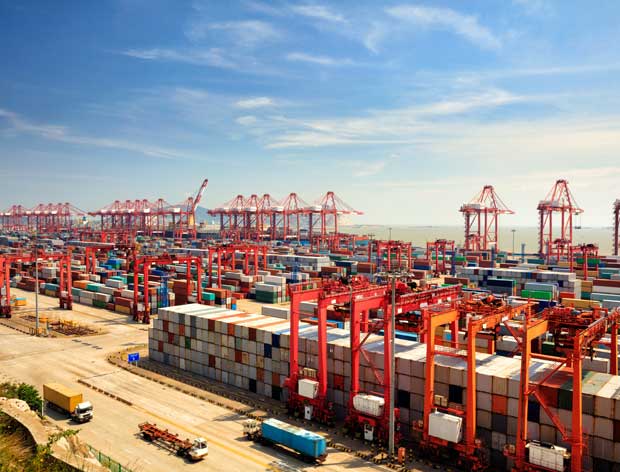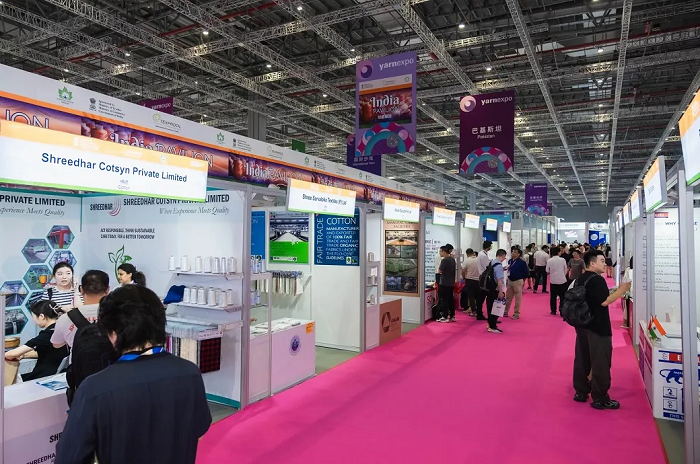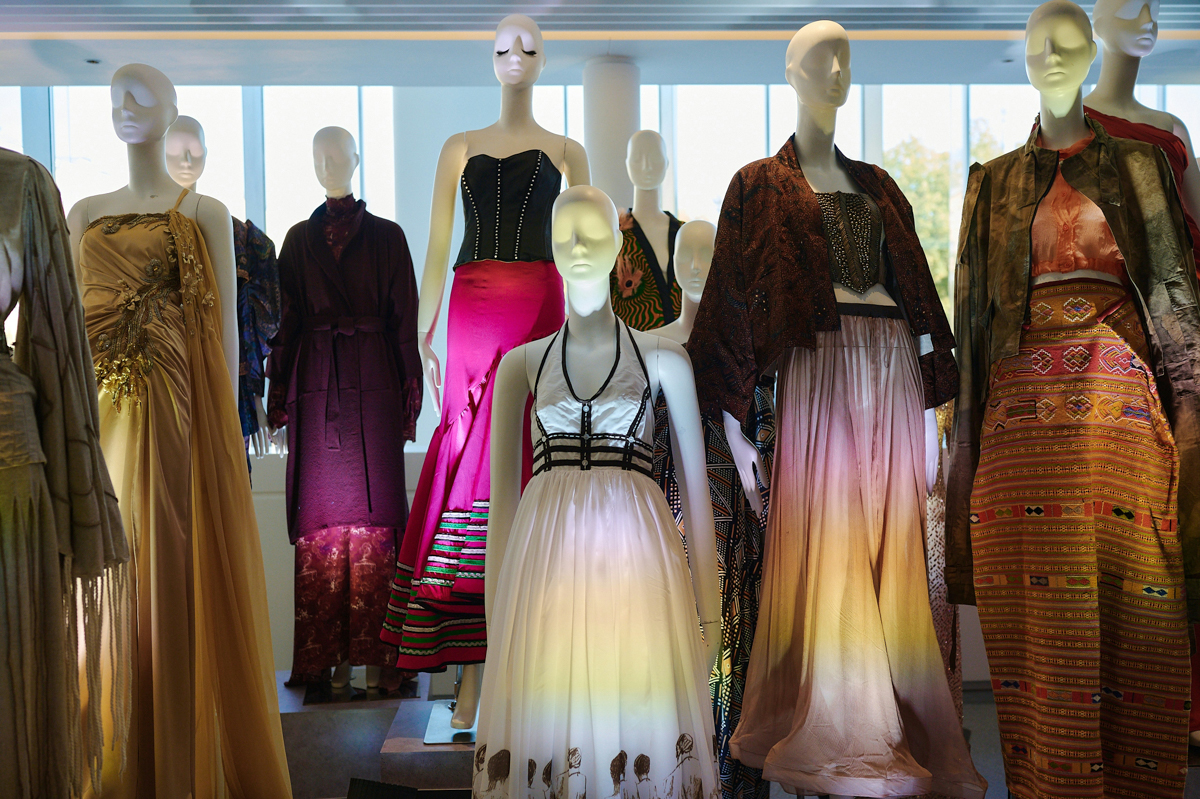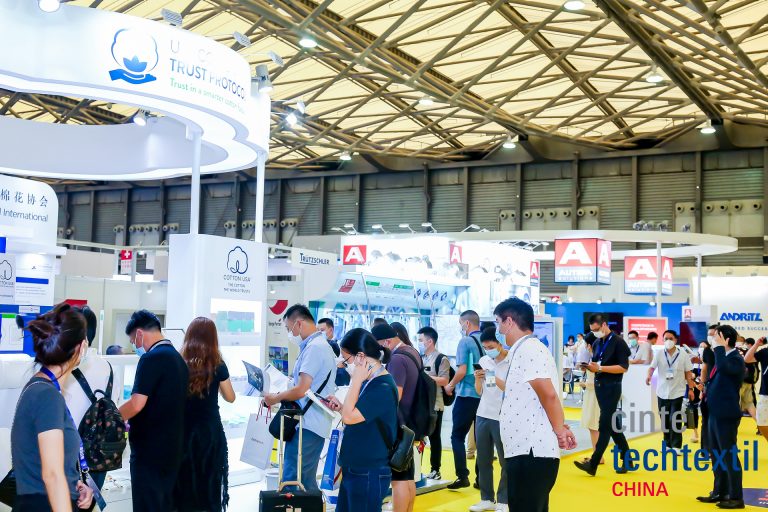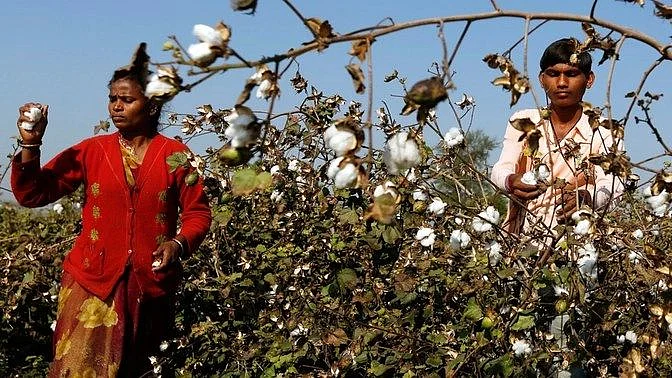
Long before two industry veterans, viz, Walmart and Patagonia, proposed a collaboration helmed by the then Walmart chief merchandising officer, John Fleming, and Patagonia founder Yvon Chouinard, the idea was to join competitors together to develop an index to measure the environmental impact of their products. The benefits, if the idea was successful and didn’t implode before it even got off the ground, would not only be at the individual company level, but would transform the industry.
Today, nearly a decade after, the SAC is a multi-stakeholder initiative based in San Francisco and Amsterdam, comprising of more than 200 global brands, retailers, manufacturers, government organizations, non-profits and academic institutions. And the Higg Index is now the industry standard for assessing environmental and social sustainability throughout the value chain. The Higg Index is developed solely by SAC members and offers a tool for each step along the value chain, from design and production to manufacturing to logistics. As a suite of tools, the Higg Index is a one-stop-shop tracking, measurement and analysis system for any apparel, footwear or textile company to organize its sustainability priorities — no matter the size or level of in-house sustainability expertise. Not only does the Higg Index help businesses reduce negative environmental impact from the earliest phases of design, it also increases efficiency by creating an industry standard, helps improve positive social labor practices, and offers a roadmap for continuous improvement.
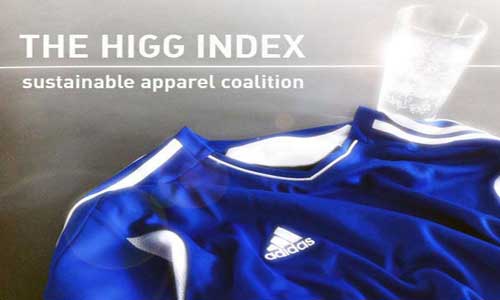
Jason Kibbey, CEO, SAC, say its members are pioneers in how they think about their brands. They are constantly exploring about how to be more efficient for the bottom line, yes, but also how to be smarter for the planet, how to be kinder to the people who make their goods, and how to produce quality products that consumers want to buy and wear.
Global collaboration – a necessity
SAC members through this extensive year-round collaboration develop the tools that comprise the Higg Index. From apparel or footwear design to material selection to chemical management to product distribution, the Higg Index empowers users with confidence in quality and credible data along every step of the supply chain. It is not unusual for members to be fierce rivals in the marketplace but when they come together within the SAC, their differences don’t get in the way of their support of the SAC mission to transform the industry. Instead, members focus on the SAC’s vision to collaboratively devise tools that help improve the entire value chain. Colleen Vien, Sustainability Director at Timberland, adds the SAC is the most valuable partnership for pursuing a focussed sustainability strategy. Their collaboration on the Higg Index is a ‘one-stop-shop’ for tools, expertise and other resources.
Enhancing transparency
The SAC believes the Higg Index will continue to play an increased role in the value chain because participation in the Higg Index creates an expectation that brands, retailers and manufacturers will align their processes with business goals and customer expectations. Everyone benefits. Some leading brands such as Adidas has used the Higg Index for all its strategic tier one suppliers since 2014 and has committed to roll out the tool to all its tier two suppliers in 2018, upon the launch of the updated Higg Facility Environmental Module (FEM), which is expected in November. Tracy Nilsson, Senior Director Social Environmental Affairs at Adidas, remarked that they collaborate closely with apparel supplier base. As a part of its Manufacturing Excellence program, Adidas aims to achieve 50 per cent water savings at apparel material suppliers by 2020. By educating manufacturers about best available technologies and processes, Adidas strengthens suppliers’ capabilities and improves water usage in the manufacturing of its products.
Towards positive change
Recently SAC kicked off a campaign to sign up 10,000 new facilities in the Higg Index by the end of 2018. Kibbey highlighted they are working towards a future where trusted sustainability information from the Higg Index is available to all decision-makers up and down the value chain, including consumers. It starts with brands that are willing to open their factory doors, share information with competitors and recognise that by prioritising industry transformation, everyone wins.



